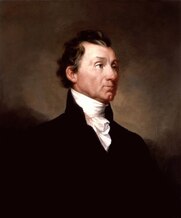 James Monroe James Monroe As some of our readers of this blog know, I’ve been known to switch gears abruptly with these historical forays into those buried here in Mount Olivet. In this “Story in Stone,” I’m prepared to connect the dots between one of our country’s first presidents, a handful of his descendants and a very unique, first-generation immigrant laid to rest here in our fair “garden cemetery.” On this latter point, I can attest that we have immigrants galore buried here, but this particular individual really made an impression on me as I just “discovered” her here this past week after receiving a lead from my friend Theresa “Treta” Mathias Michel. Many are able to rattle off the names of our first three presidents in Washington, Adams and Jefferson—two having known relatives and/or “in-laws” here, and in one case, the other has a potential (and extremely interesting descendant) buried in Mount Olivet Cemetery. I haven’t made a direct connection to fourth president James Madison quite yet, but have documented a handful of descendants of James Monroe, our fifth president and veteran of the Revolutionary War. As for Mr. Monroe, many confuse him with James Madison because of the same first name and a last name starting with “M.” There’s also, of course, that Virginia connection. In fact, Monroe served as President Madison’s Secretary of War during the War of 1812, the conflict that helped Francis Scott Key’s resume exponentially. James Monroe left college in 1776 to participate in the American Revolution. In late December, 1776, Monroe crossed the Delaware River with Gen. George Washington and took part in a surprise attack on a Hessian encampment at the Battle of Trenton (New Jersey). Though the attack was successful, Monroe suffered a severed artery in the battle and nearly died. In the aftermath, Washington cited Monroe for his bravery, and promoted him to captain.  Elizabeth (Kortright) Monroe Elizabeth (Kortright) Monroe On February 16th, 1786, Monroe married a woman he had first met while serving in the Continental Congress, Elizabeth Kortright (1768–1830) of New York City. They moved to Virginia, eventually settling in Charlottesville in 1789, after buying an estate known as Ash Lawn–Highland. The Monroes had three children, the first of whom was Eliza Monroe Hay (1786-1840). In 1808, she married George Hay, a prominent Virginia attorney who had served as prosecutor in the trial of Aaron Burr and later as a US District judge. The second Monroe child, James Spence Monroe, was born in 1799 and died sixteen months later in 1800. The third product of this union was Maria Hester Monroe (1804–1850) and she is of particular interest to our story. Maria married her first-cousin, Samuel Laurence Gouverneur, on March 8th, 1820, in the East Room of the White House, the first president's child to marry here. Gouverneur served as a member of the New York State Legislature and also as a private secretary to his uncle/father-in-law President James Monroe who would serve two consecutive terms as president from March 4th, 1817 until March 4th, 1825. The Gouverneurs eventually moved from Washington, DC back to New York, specifically Manhattan. Together, Samuel and Maria were the parents of three children: James Monroe Gouverneur (1822–1885), a deaf-mute who died at the Spring Grove Asylum in Baltimore, Maryland; Elizabeth Kortright Gouverneur (1824–1868), who married three times (Dr. Henry Lee Heishell, James M. Bibby, and Colonel G. D. Sparrier); and Samuel Laurence Gouverneur, Jr. (1826–1880)—more on him in a moment. President Monroe’s wife (Elizabeth) died in 1830 at Monroe’s plantation called Oak Hill, located roughly nine miles south of Leesburg, VA near present-day Aldie. James Monroe would then head to New York and live with the Gouverneurs until his own death in 1831 a year later. Both Samuel L. Gouverneur, Sr. and Samuel, Jr. would move to Frederick County, where they lived out their lives and are buried here. On June 20th, 1850, Monroe’s daughter Maria Gouverneur died at the same Oak Hill estate where her mother had passed two decades earlier. In September, 1851, widower Samuel Gouverneur, Sr. married Mary Digges Lee (1810–1898), a granddaughter of former Maryland governor Thomas Sim Lee (1745–1819). They retired to the Lee estate called "Needwood Forrest", located just south of Burkittsville. Mr. Gouverneur died in 1865 and is buried in Petersville's St. Mark's Episcopal Cemetery President Monroe’s grandson, Samuel Jr., would eventually move to Frederick where he lived in a recognizable former estate west of town in the early 1860s. The property has operated as a modern-day apartment complex for nearly 40 years now. As for Mr. Gouverneur, Jr., he is buried here in Mount Olivet in Area G/Lot 118. Samuel Gouverneur, Jr. was born in New York City and eventually served as a Lieutenant in the 4th U.S. Artillery Regiment during the Mexican War and was present at the capture of Mexico City and the National Palace. In 1847, he was promoted to 1st Lieutenant for his bravery at the battles of Contreras and Churubusco. After the war, Gouverneur married Miss Marian Campbell of New York in 1855, and fathered three daughters. His first two children, Maud (b. 1857) and Ruth (b. 1858), were born in Washington, DC. Mr. Gouverneur soon became the first United States consul in Fuzhou (pronounced and once spelled as Foo Chow), China, during the administration of President Franklin Buchanan. While abroad, a third daughter, named Rose de Chine Gouverneur, was born in 1860. Her name would forever bear witness to her foreign birthplace. The family would be here until 1863, at which point Mr. Gouverneur requested a return to the US because the semi-tropical climate of Fuzhou did not agree with his health. He supposedly was in a weakened state as a result of time spent during the Mexican War. Mrs. Gouverneur and her daughters returned to the United States first, and Samuel came a few months later. Special care had to be taken because the American Civil War was in full tilt, and the family had to return on ships sailing under British flags so as not to be harassed by Confederate ships. The family would reside back in Washington, DC, but the story goes that the couple became particularly impressed with Frederick County while visiting Phillip F. Thomas, a friend of Mr. Gouverneur who lived about two miles west of Frederick City. This was late 1863, and the family soon took up residence at a plantation named Waverley, featuring a spacious Georgian manor house that had been constructed in 1776. Of course, you may know this structure now as the community center and namesake of the development known as “The Residences at the Manor,” located at the intersection of today’s Key Parkway and Willowdale Drive. The former outlying grounds to the west of the house comprise Waverley Gardens, developed in the 1970s. Marian Gouverneur published a book in 1911, and wrote of her time at “the Manor,” especially interesting during the Civil War. I found a clipping in the Frederick Post written by social column author Elsie Haines White (also a Mount Olivet resident) from February 7th, 1964 which adds a bit of color to the habitation of the Gouverneurs here at that time. I found Mrs. Gouverneur’s chapter on China very interesting as well in which she talks about the Chinese culture and, in addition, the opium and slave trades, religious missionary work and typhoons including one that destroyed a portion of the consulate. Here is a link to Marian Gouverneur’s book (entitled As I Remember) found on the Library of Congress’s website: https://www.loc.gov/resource/lhbcb.24385/?sp=1 As I said, of particular interest are chapters on the family’s time in China (pg. 314-338) and in Frederick (pg. 339-362). The Gouverneurs perhaps may have wished at times that they had stayed in China a little longer as Frederick was not the best place to be in 1864. That summer, Gen. Jubal Early and his rebels would ransom Frederick for $200,000, and the Battle of Monocacy would be fought just south of town and within earshot of the Gouverneur’s farm. Closer to home for the family and their Po-ne-sang plantation at this time (July, 1864), the Union Army camped nearby and made visits before retreating as the larger Confederate Army passed right by the Gouverneur’s place, with various visits from officers. The concern over looting and absconding with either farm servants or horses or both was a chief threat, and a documented skirmish was fought a short distance away near Linden Hills. The family made a hasty retreat to their basement after hiding said servants and horses in advance of the Confederate Army’s arrival in early July, leaving the plantation dependent upon the services of one, lone, Chinese maid. I had heard a bit about this family servant, but had no name. Mrs. Treta Michel said that there was an interesting story pertaining to this young woman brought back to the United States by the Gouverneur family. Mrs. Michel went on to tell me that she recalled someone telling her that this Chinese domestic was buried in Mount Olivet. This truly piqued my interest, but I had no name. I checked the Gouverneur family lot in Area G within our computer records, but she wasn’t there. To my amazement, luck was soon on my side, as I truly found this proverbial “needle in the haystack” while on a walk in the cemetery last week. In Area T, my eye miraculously caught a prominent gravestone with the name Sara Leleng on its face. The verbiage carved along with a death date of October 18th, 1917 said that the decedent was a native of Amoy, China. Once back in the office, I found census records with Miss Leleng living with the family. More on Sarah Leleng in a moment as I want to wrap up the Gouverneur family here in Frederick. After the war, a decision was made to simply use "Po-ne-sang” as a summer residence to escape the oppressive heat of Washington, DC. This lasted one year before the family decided to move into Frederick City because in Mrs. Gouverneur’s words: “He (her husband) knew nothing of farming, and I knew nothing of cooking.” She proclaimed her desire to live in a more civil and social setting for her talents, and was glad to have the assistance of her Chinese maid to assist with cooking and caring for her daughters. The society life better fit the Gouverneurs, and believe it or not, Frederick had a definitive social scene at that time. Apparently, the Gouverneur children attended the Frederick Female Seminary, site of Winchester Hall, today’s seat of county government. In 1870, Samuel Gouverneur, Jr. decided to publish his own newspaper, having been inspired by the presidential campaign of Horace Greeley, who would visit him here in town in October of 1871. Mr. Greeley had been invited to give the agricultural address at the annual Frederick Fair that year. The Maryland Herald newspaper had been started as an independent offering with the catchphrase: ”Independent in all things-neutral in nothing.” Gouverneur’s paper endorsed the Liberal Republican movement in 1872 and supported Mr. Greeley in his bid for the presidency. After Greeley’s defeat to incumbent President Ulysses S. Grant in 1872, Mr. Gouverneur ceased publishing his paper. The following year, the family returned to Washington, DC permanently, taking up residence on Corcoran Street near 14th Street. Mr. Gouverneur does not appear in the 1880 census as he died on April 5th, 1880 in Washington. His body would be brought to his former adopted home of Frederick, and laid to rest in Mount Olivet not far from soldiers lost during the late war. Mrs. Gouverneur played a role in Washington Society with her daughters. She also lived with Maud and Rose up through her death. The New York native and author would die on March 12th, 1914 and was brought back to Frederick to be buried next to her husband in Area G. Rose Gouverneur Hoes is worthy of a separate article which I have planned to write. She died on May 26th, 1933 and is buried here with her parents and her son, Roswell Randall Hoes, Jr. (1891-1901), who died in childhood. Maud Campbell Gouverneur never married and lived to the ripe old age of 90, passing on March 29th, 1947. The final daughter of Samuel and Marian Gouverneur, Ruth Monroe, married a local Frederick gentleman with deep roots here, Dr. Thomas Crawford Johnson (1856-1943). Dr. Johnson served as a physician to the School for the Deaf, the Home for the Aged and the All Saints’ Orphanage. The family lived at 111 Record Street, the former home of Dr. William Tyler. Ruth was a founding member of the Frederick Chapter, Daughters of the American Revolution in September, 1892. She died here in this house on February 28th, 1949. Of all these individuals, I am uniquely interested in the earlier mentioned Sarah Leleng, I told you about. Sarah was a domestic servant brought back to the United States by the Gouverneurs. Her name is somewhat of a mystery as she is referred to as Le Leng in the 1880 census and Sarah Gouverneur a decade earlier. I could not find her in the 1900 and 1910 census records, but I did find a laundress named Lee Leng in 1900 in Washington, however the record says this is a male. I wonder about this as the profession of laundress denotes a female and the date of birth seems reasonable at 1849? Regardless, I wish I had been able to find Sarah in the 1910 census, but she appears not to be living with any Gouverneur family members. As I said earlier, I found Sarah’s gravesite and date of death of October 18th, 1917. She is buried here in Area T/Lot 44. Our records confirmed that she was unmarried and passed at age 73, making her birthday around 1844 showing that some of the census records have her age incorrect, a common mistake of the time. Sarah Leleng died of carcinoma and our records show that she was working as a domestic at the time of death. Her gravesite was purchased by her estate at the time of death. Most interesting are the obituaries that appeared in the Washington and Frederick papers. Of special note, she is proclaimed as being the first Chinese woman to come to the US. Secondly, she had amassed a good fortune over her lifetime. 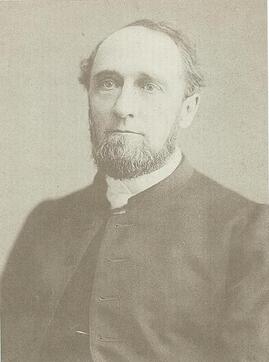 Rev. Osborn Ingle Rev. Osborn Ingle In her will, Sarah had made provisions to send most of her fortune back to her hometown in China in order to construct a mission chapel under the auspices of the Protestant Episcopal Church. Of greater connection to Frederick is the fact that Sarah wanted this to be done to honor former Frederick native James Addison Ingle. Rev. Ingle was a friend of the family, the son of the beloved Osborn Ingle (1837-1909), longtime minister of Frederick’s All Saints’ Protestant Episcopal Church. I wrote a piece a few years back chronicling the tragedy the reverend suffered as he would lose his wife and seven children between 1881-1883. His residence at the time was the All Saints Rectory located at 113 Record Street and next door to Dr. William Crawford Johnson and wife Ruth Gouverneur Johnson. The reverend would live here for more than four decades.
Sadly, Rev. Ingle died less than a year later on December 7th, 1903, and was buried in the Old International Cemetery in Hankow. This was the original foreign cemetery used by the cities of Hankow (west bank of Yangtze north of Hanshui River), Wuchang (east bank), and Hanyang (south of Hanshui River). The three cities were later merged and renamed Wuhan. The cemetery was removed in the early 20th century but the whereabouts of Rev. Ingle's remains are unknown. Rt. Rev. Logan Herbert Roots succeeded Ingle as bishop of Hankow. A memorial service was held in his honor at Emmanuel Church, Baltimore, during which Rev. Arthur M. Sherman mentioned Rev. Ingles' dedication to building a native church, and his efforts after the Boxer Rebellion. His Frederick, Maryland parish donated funds to establish a scholarship at the Boone Divinity School in China in his memory, which was mentioned at the All Saints’ Day services in both his parishes. Did Miss Sarah Leleng’s gift make possible a new chapel which stands today? Or did it go towards something at Boone College as did the contribution from All Saints' Church here in Frederick? I have searched quite a bit but can't find anything definitive. However, an Episcopal mission church was erected in Wuhan in 1918 and named St. Michael's. Could Miss Leleng's money gone toward this project? I found this reference online within a volume of reports pertaining to the Board of Missions. Whatever the case, I have another interesting piece of Mount Olivet trivia in the fact that we are the final resting place of the first Chinese woman to be admitted to the United States. I am also very confident in theorizing that she is also the first Asian-American buried in Frederick, definitively Mount Olivet. Who would have known— thanks for the tip Ms. Michel.
1 Comment
Jaylat
8/23/2023 11:05:25 am
What a great, fascinating post! I can’t believe you have no comments yet. And your reading recommendations for Marian Gouverneur’s book are delightful. I’ve spent a lot of time in China and always welcome any connection to life there.
Reply
Leave a Reply. |
STORIES
|
Archives
July 2024
June 2024
May 2024
April 2024
March 2024
February 2024
January 2024
December 2023
November 2023
September 2023
August 2023
July 2023
June 2023
May 2023
April 2023
March 2023
February 2023
January 2023
December 2022
November 2022
October 2022
September 2022
August 2022
July 2022
June 2022
May 2022
April 2022
March 2022
February 2022
January 2022
December 2021
November 2021
October 2021
September 2021
August 2021
July 2021
June 2021
May 2021
April 2021
March 2021
February 2021
January 2021
December 2020
November 2020
October 2020
September 2020
August 2020
July 2020
June 2020
May 2020
April 2020
March 2020
February 2020
January 2020
December 2019
November 2019
October 2019
September 2019
August 2019
July 2019
June 2019
May 2019
April 2019
March 2019
February 2019
January 2019
December 2018
November 2018
October 2018
September 2018
August 2018
July 2018
June 2018
May 2018
April 2018
March 2018
February 2018
January 2018
December 2017
November 2017
October 2017
September 2017
August 2017
July 2017
June 2017
May 2017
April 2017
March 2017
February 2017
January 2017
December 2016
November 2016

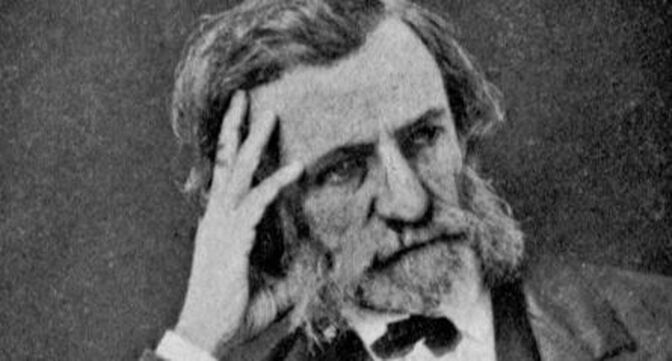

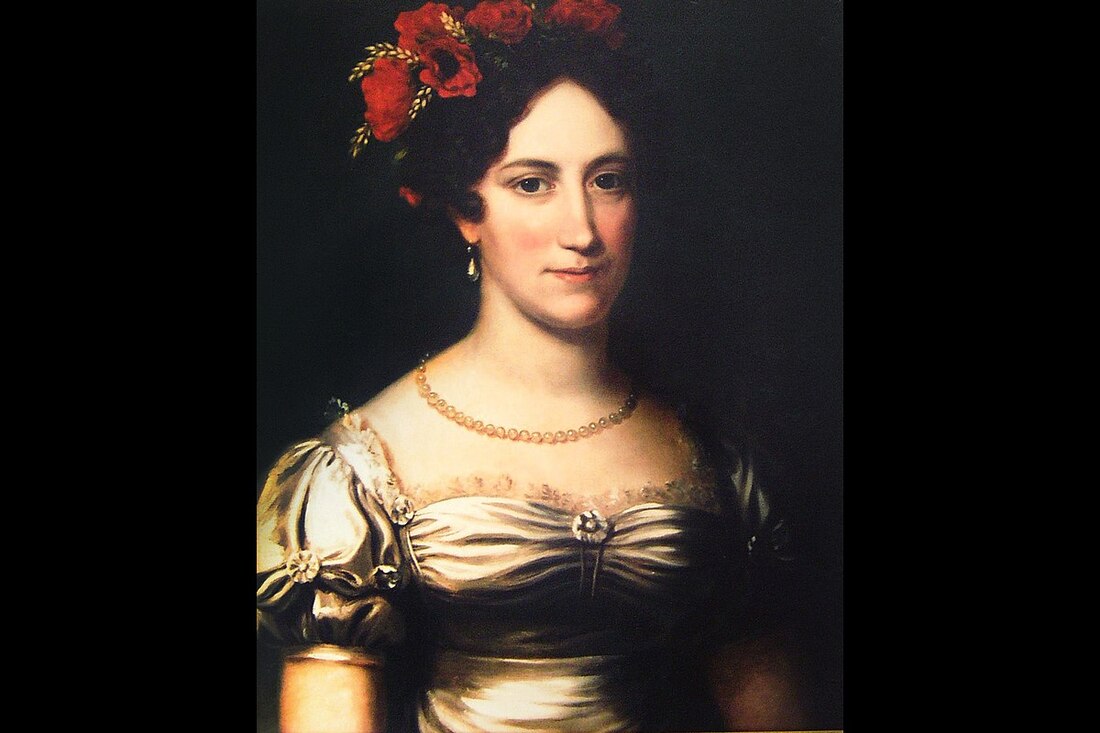

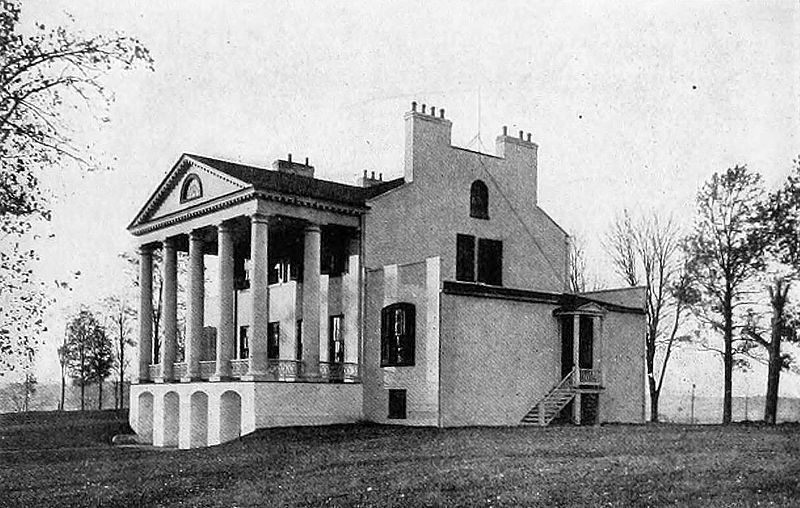
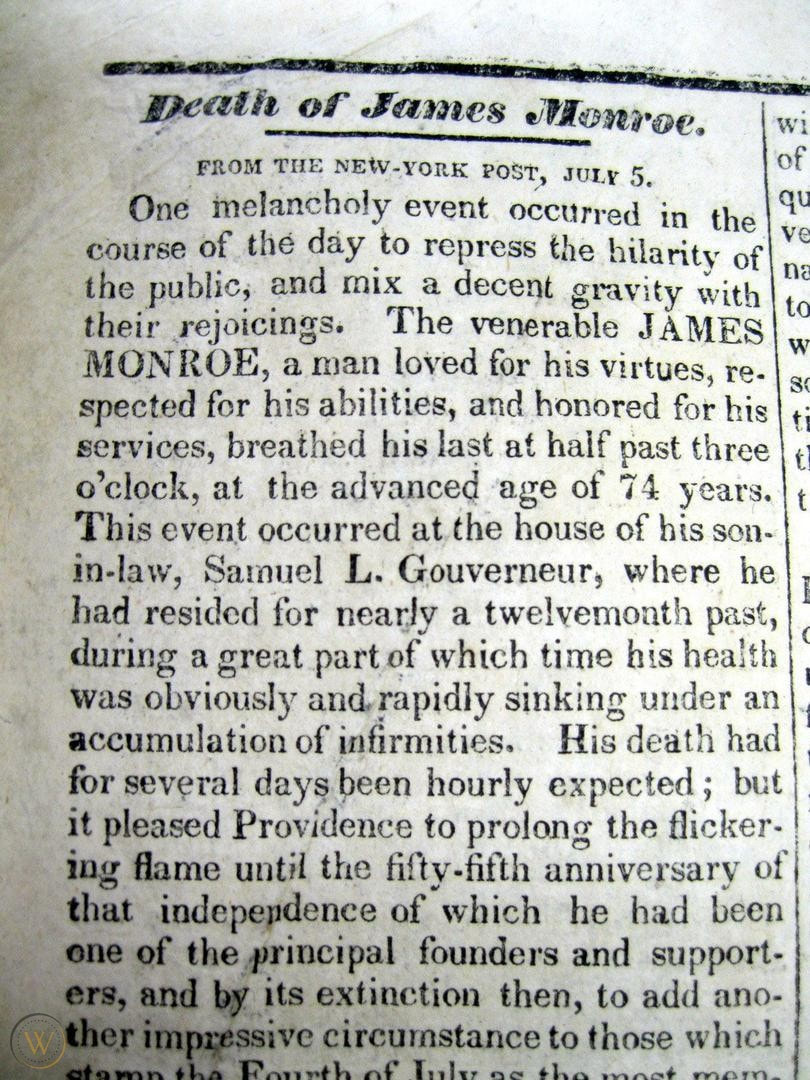
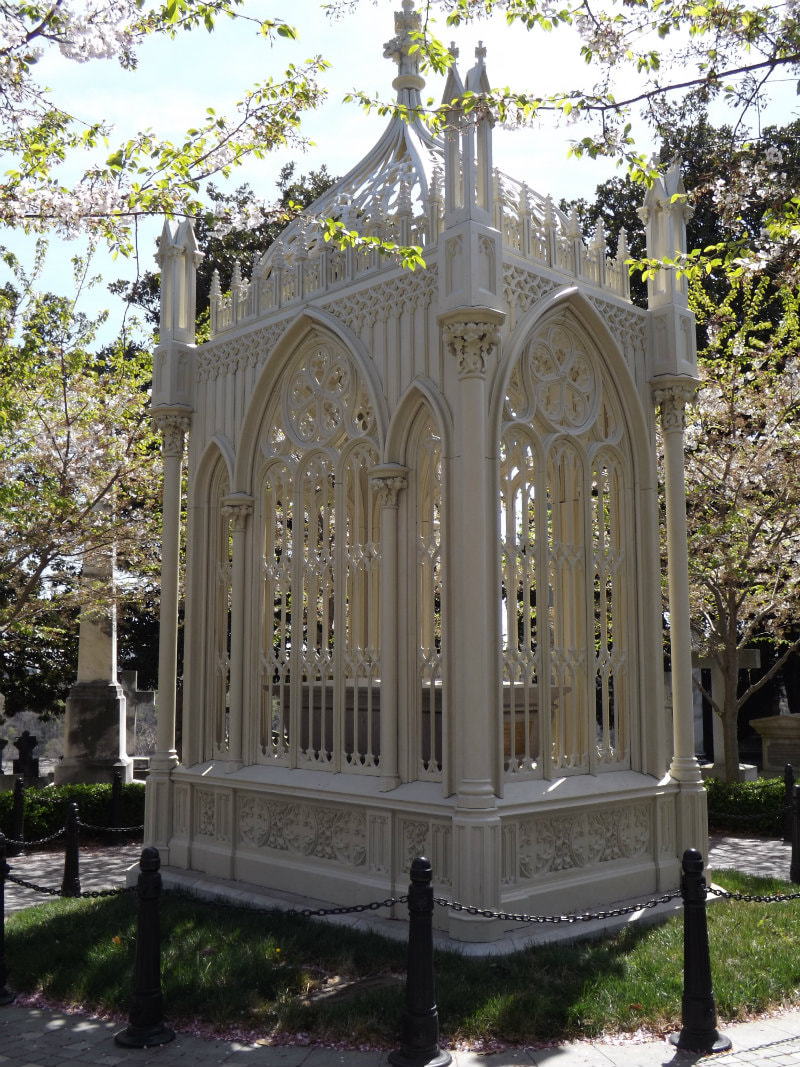
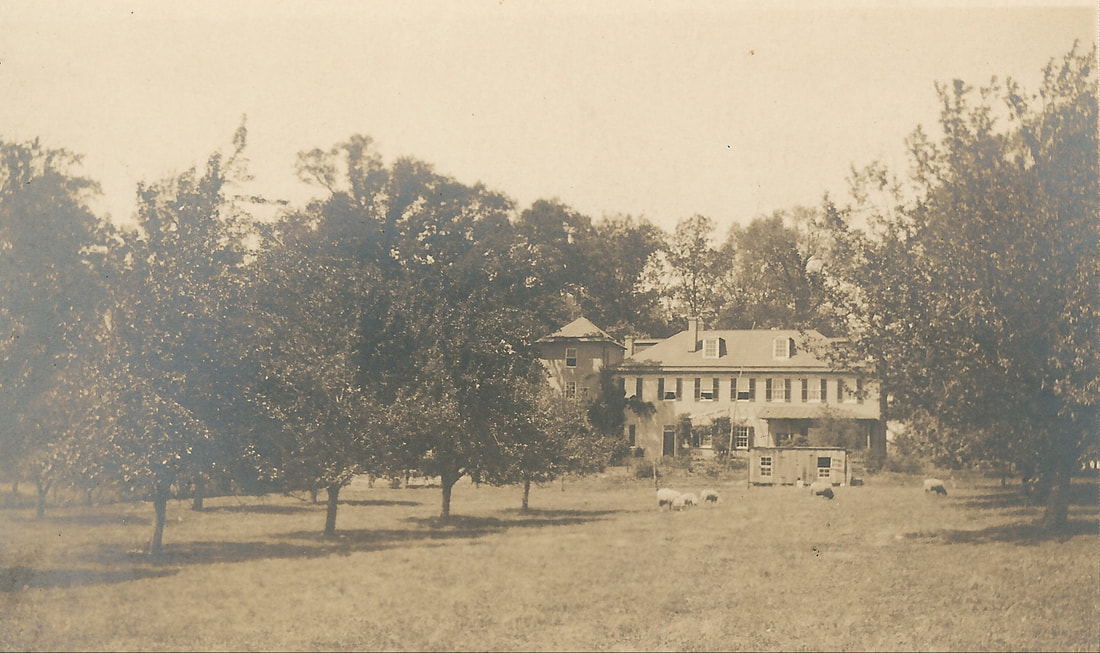
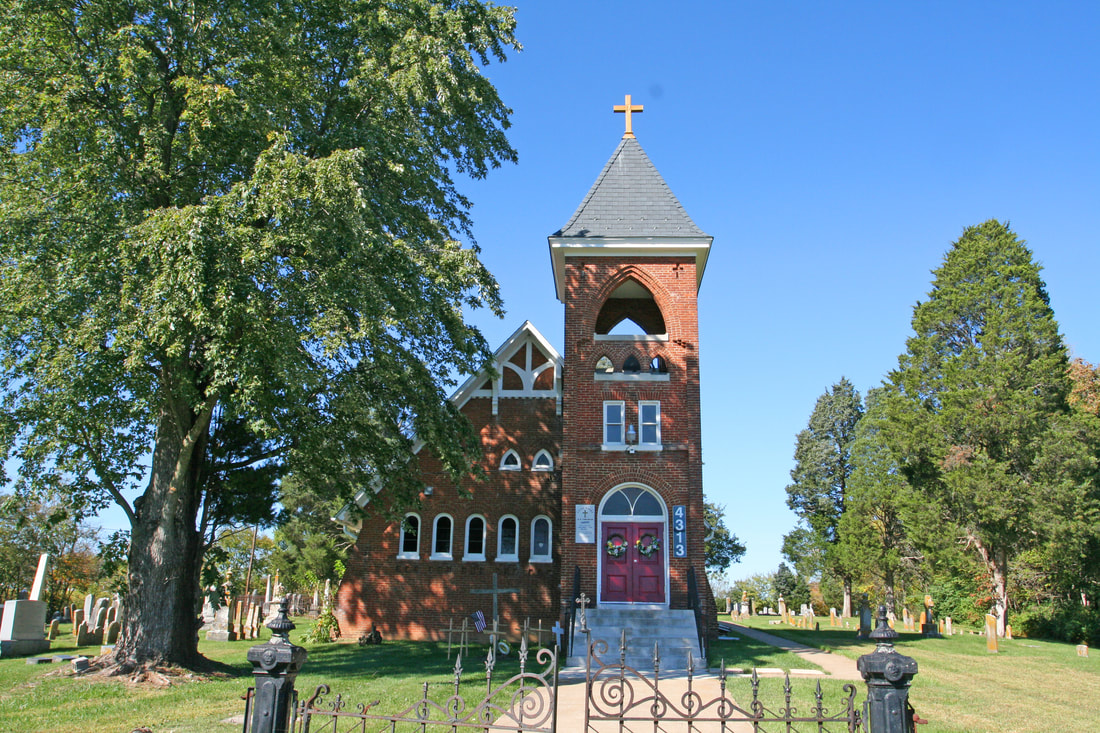
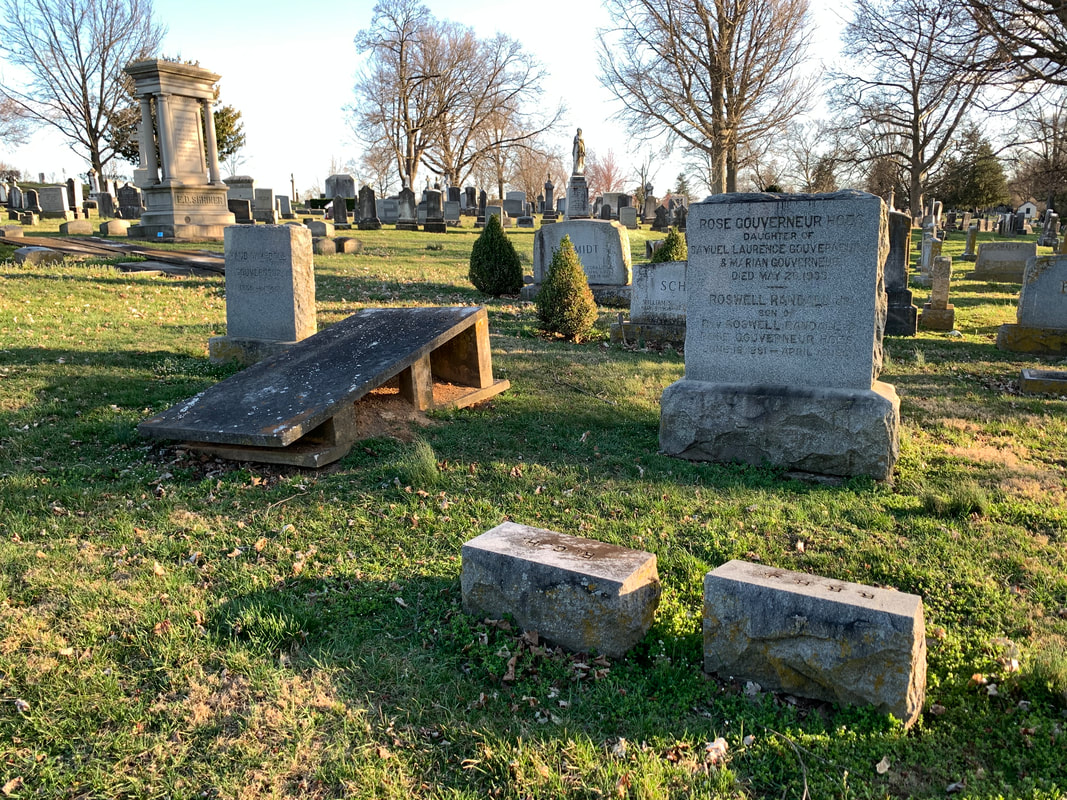
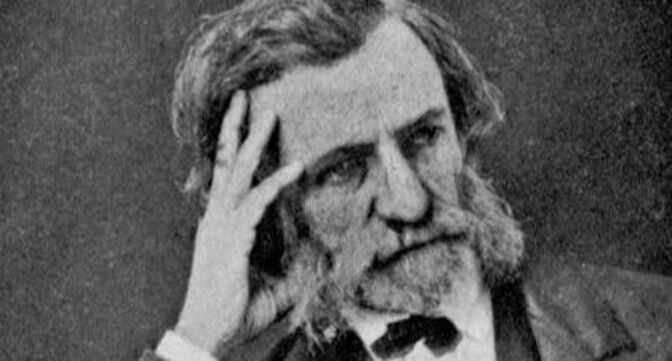


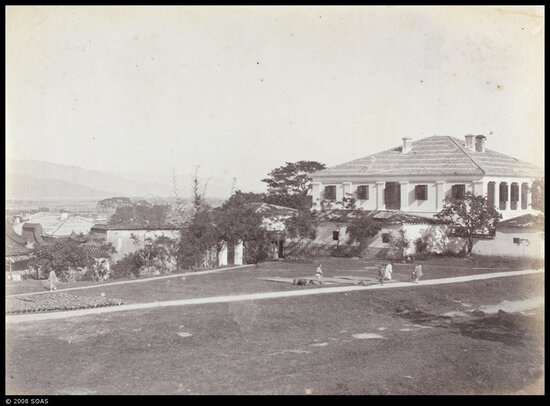
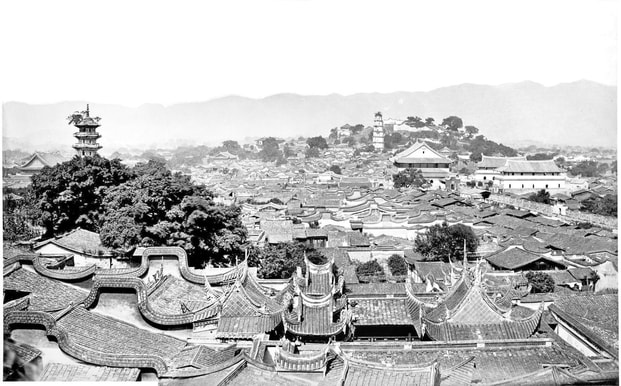

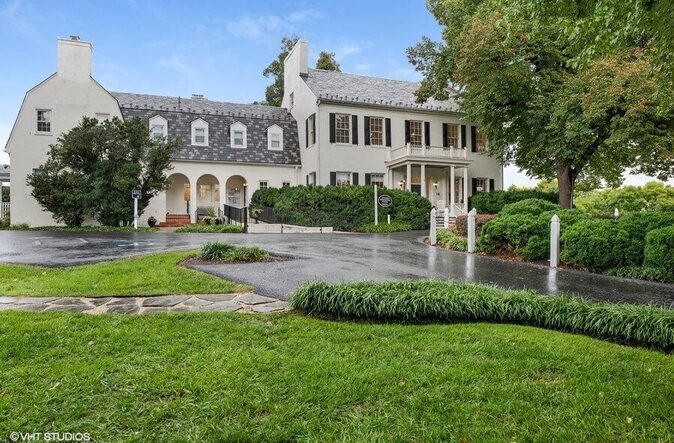

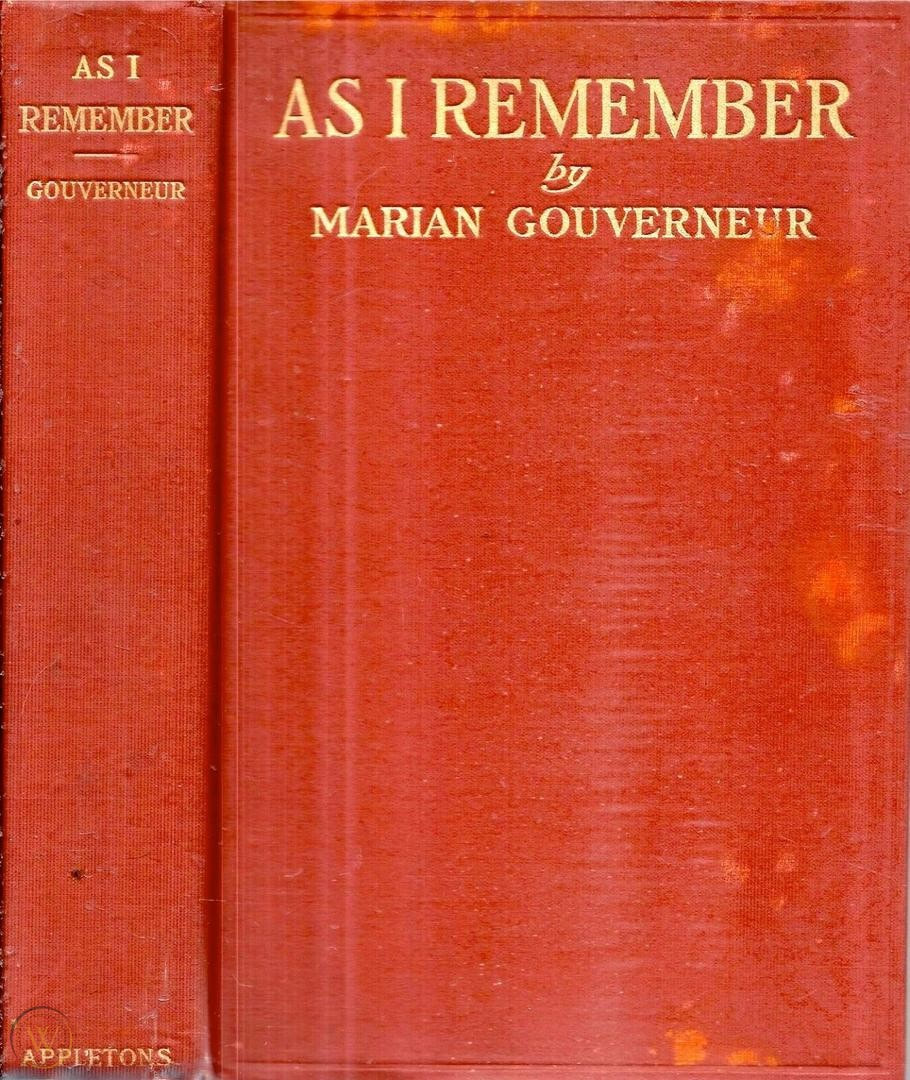
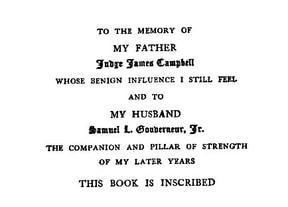
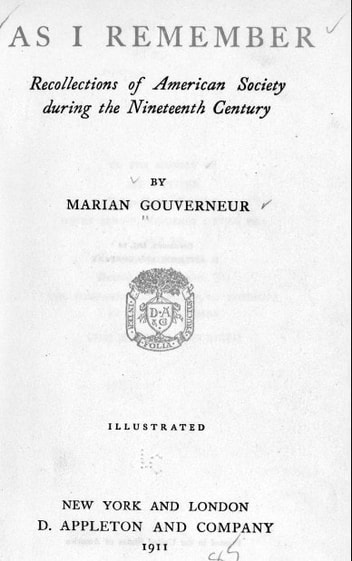
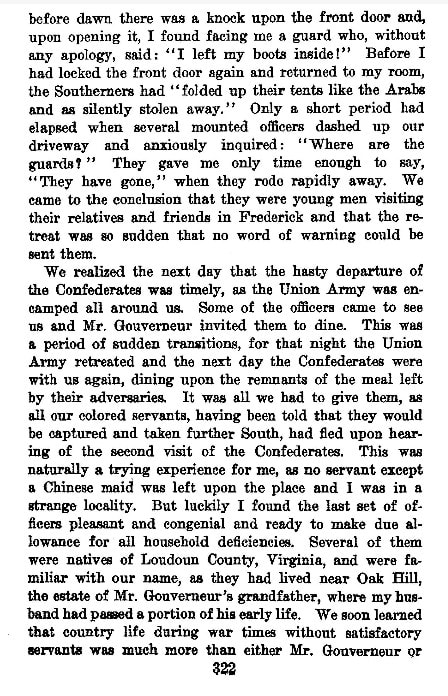
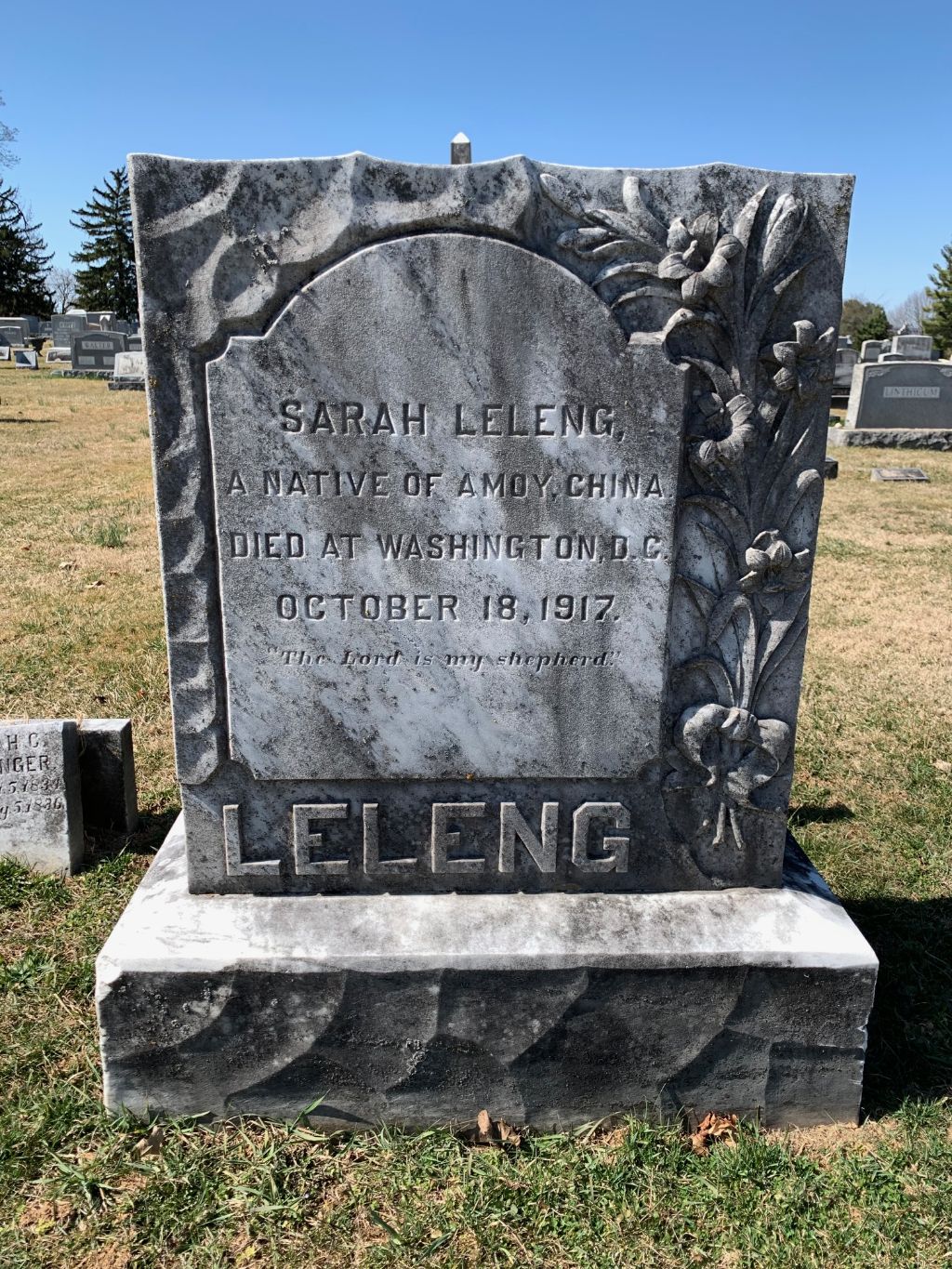


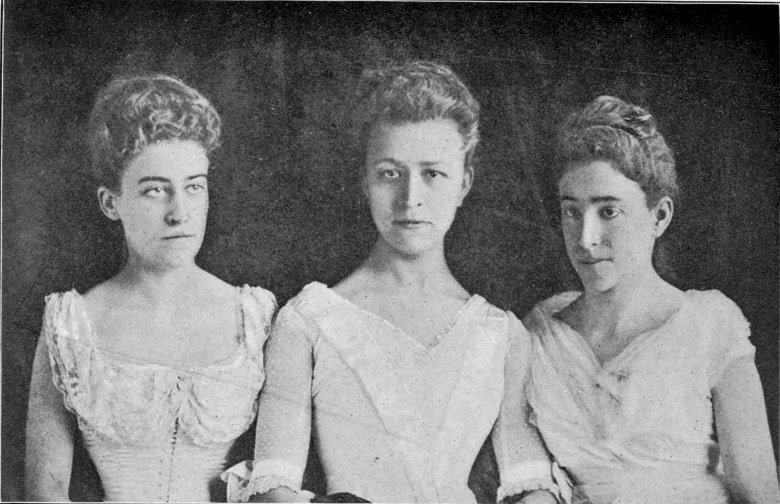
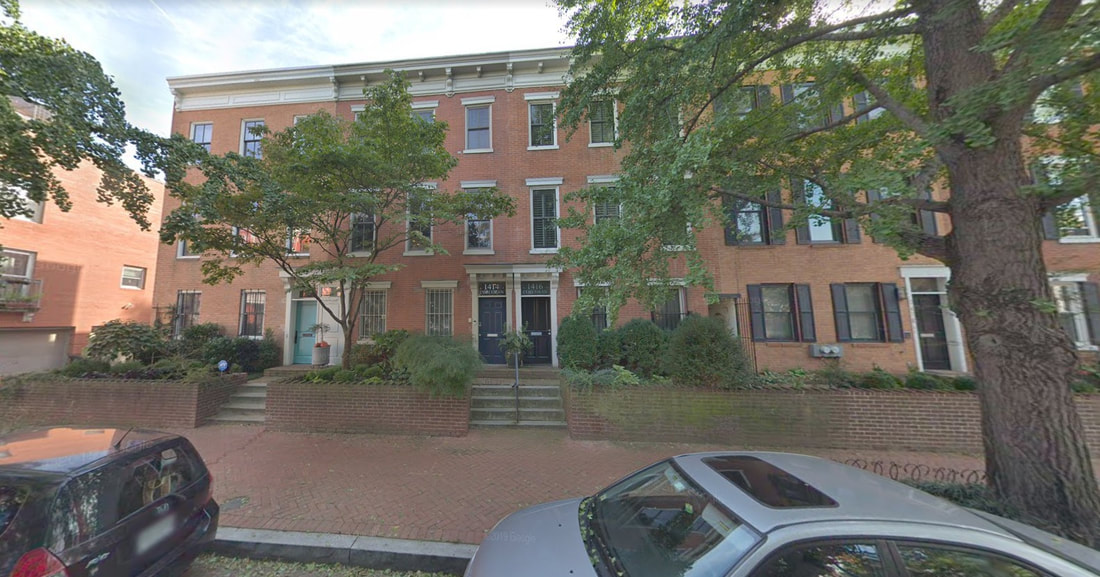

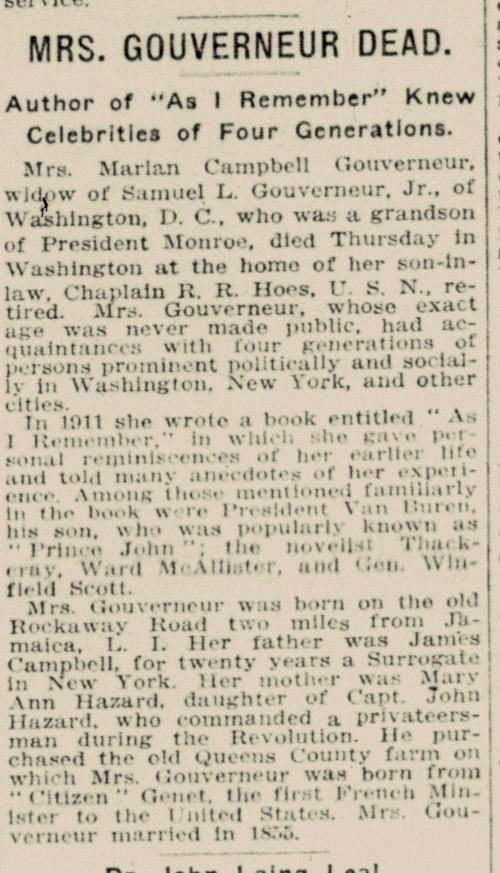
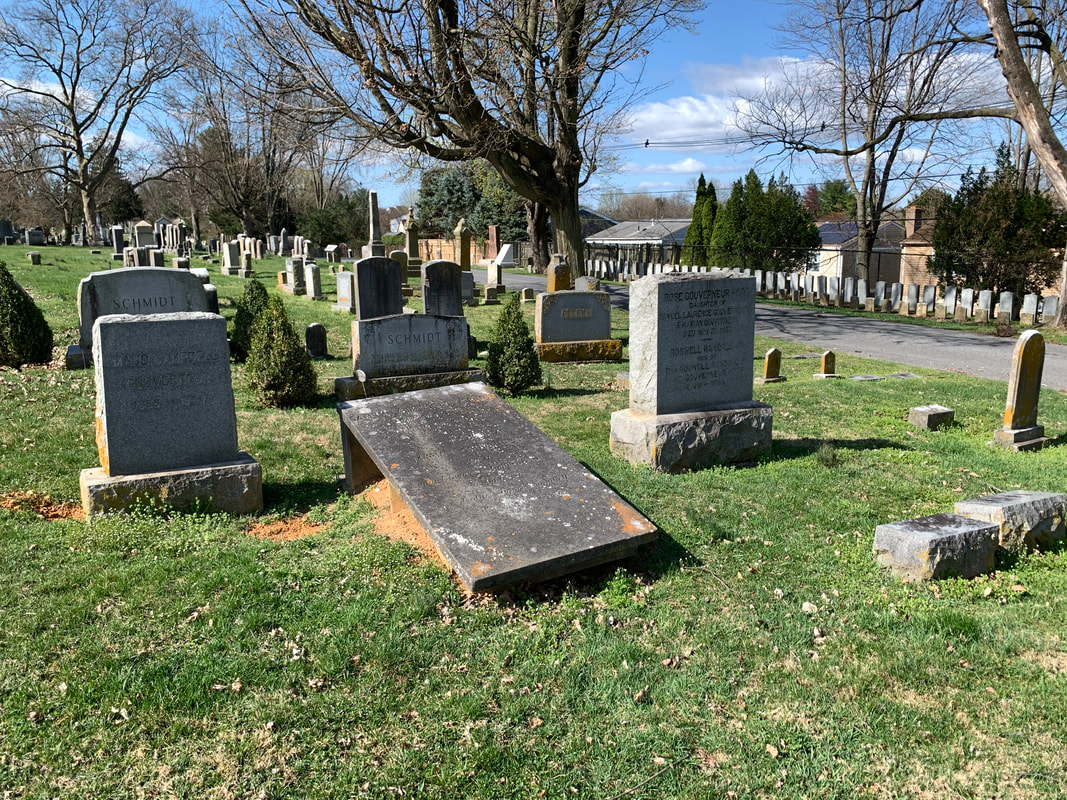
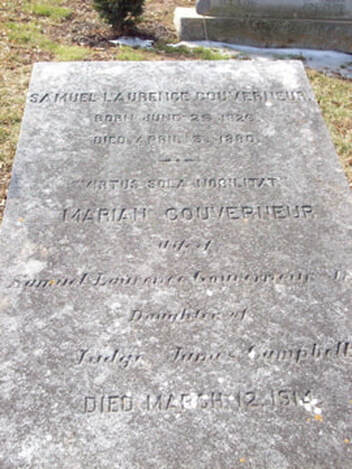
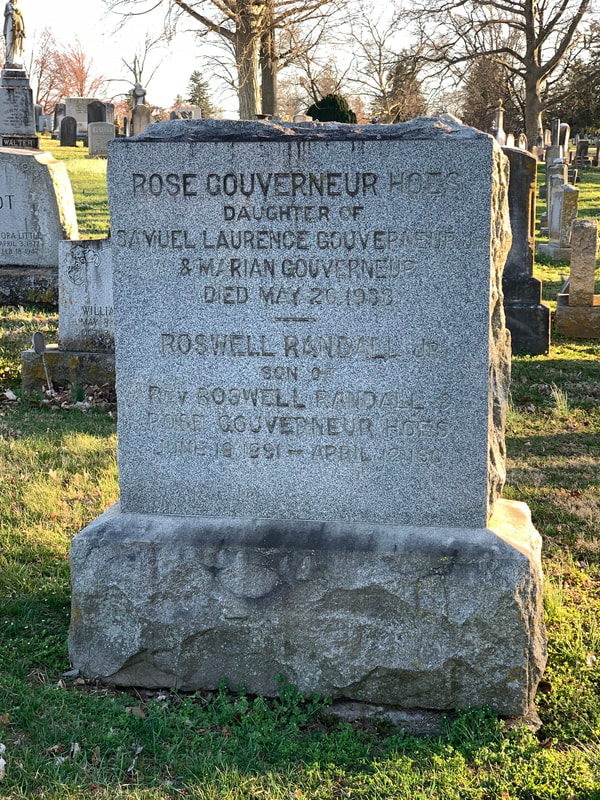
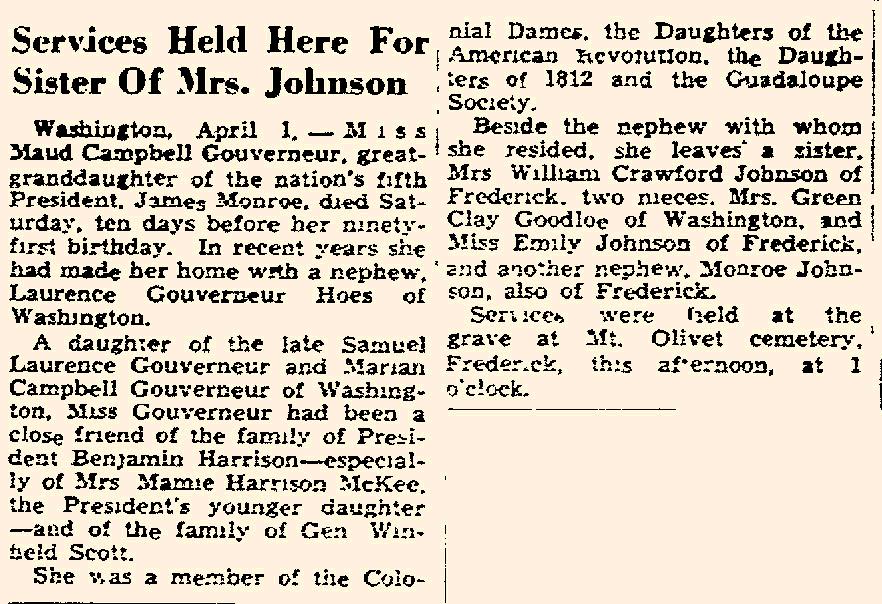
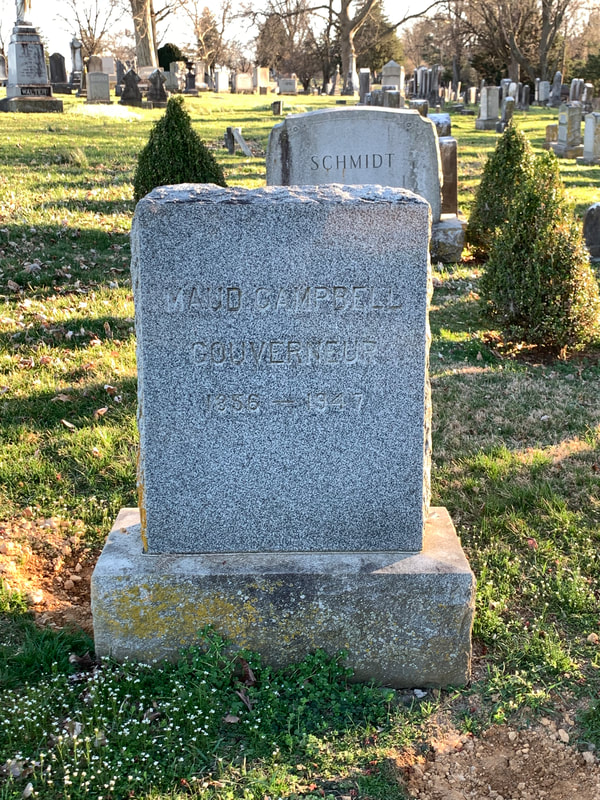
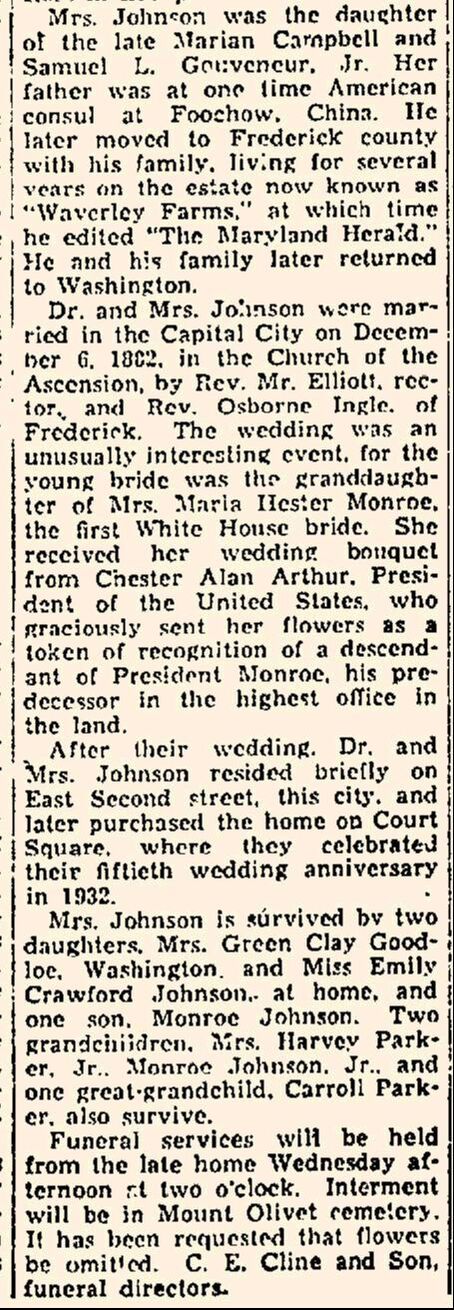
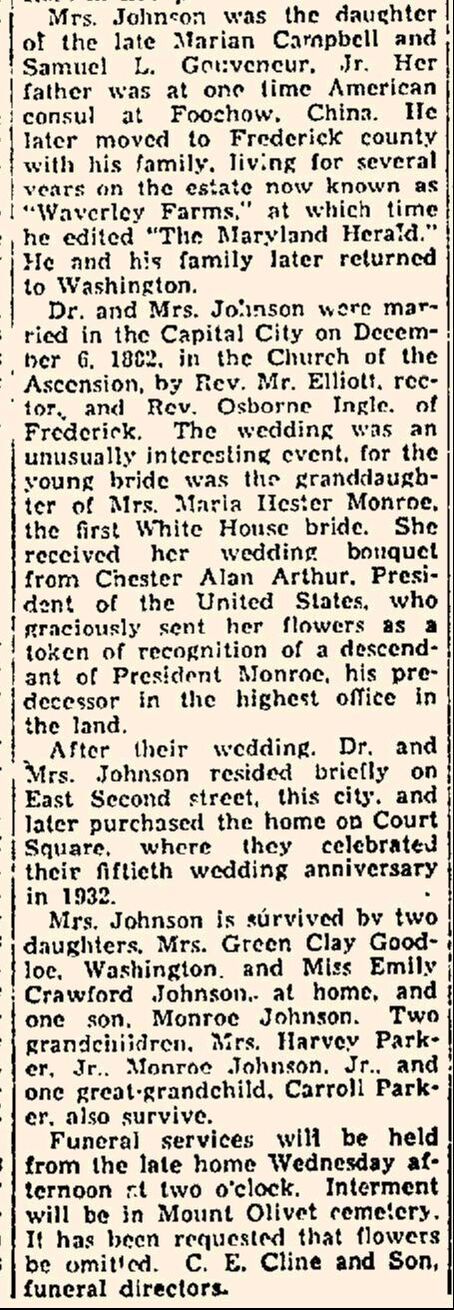
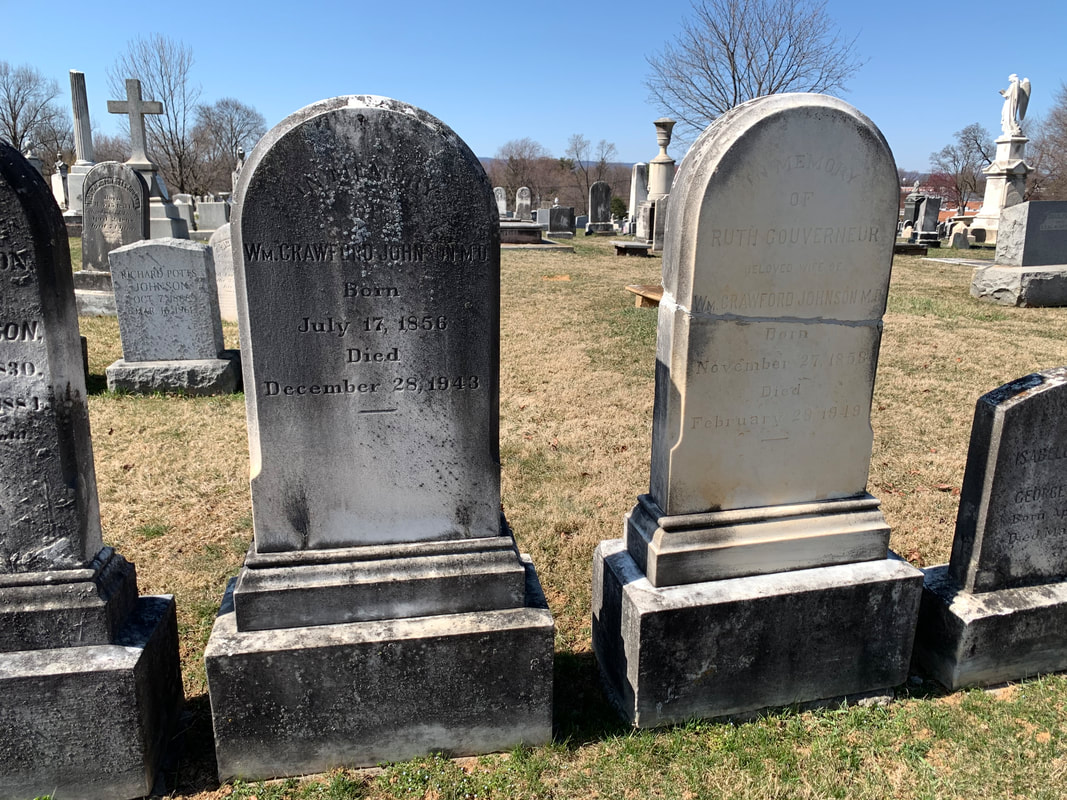
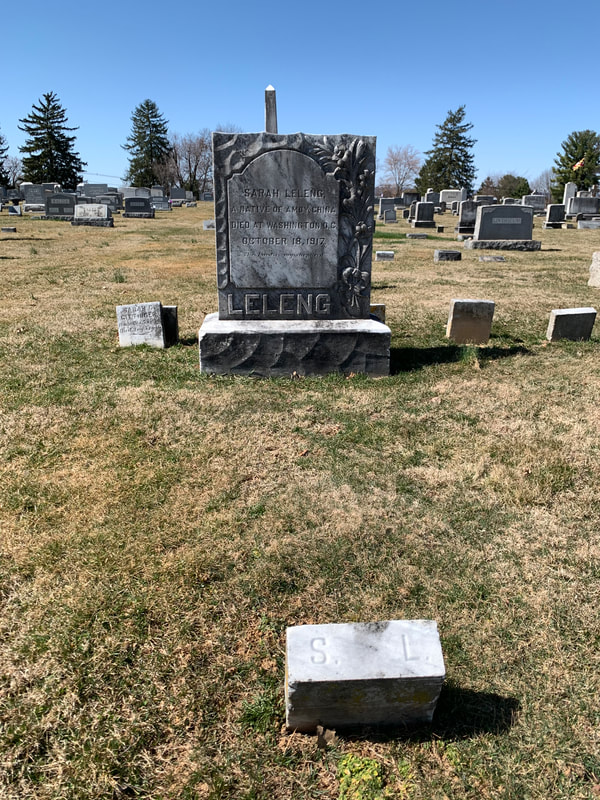
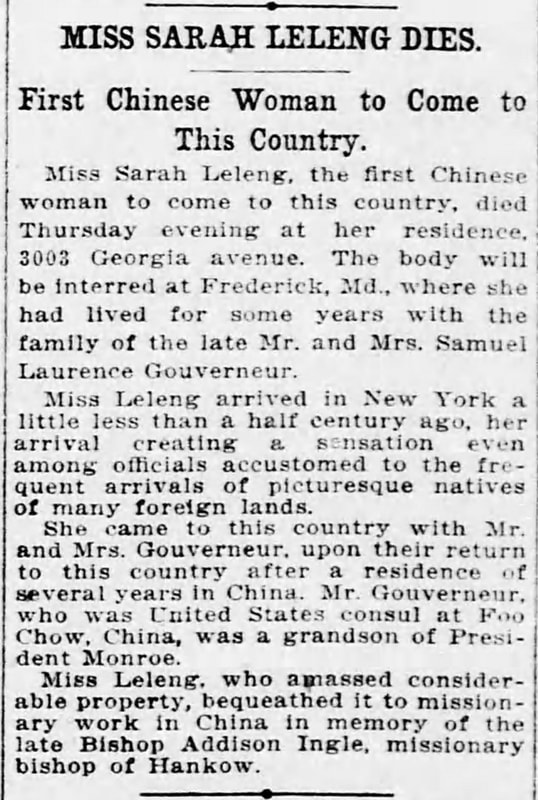
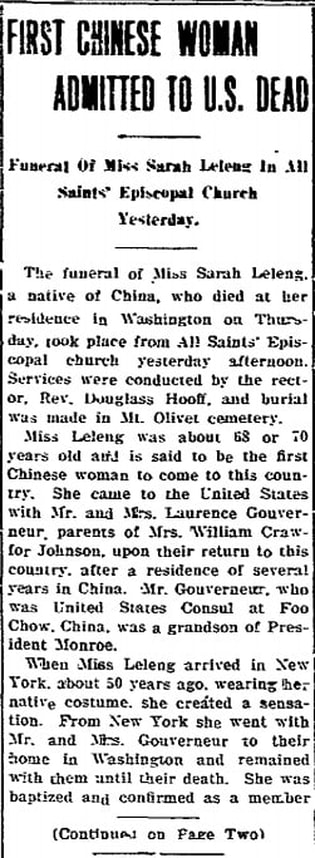
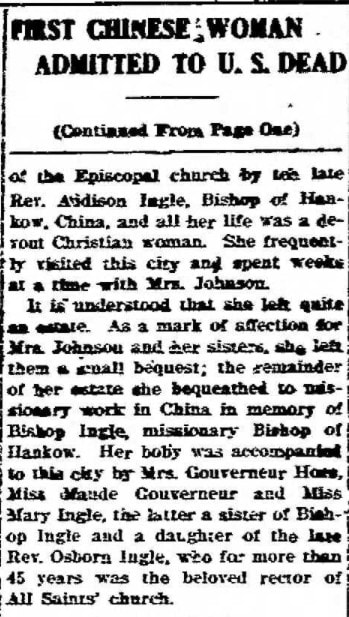

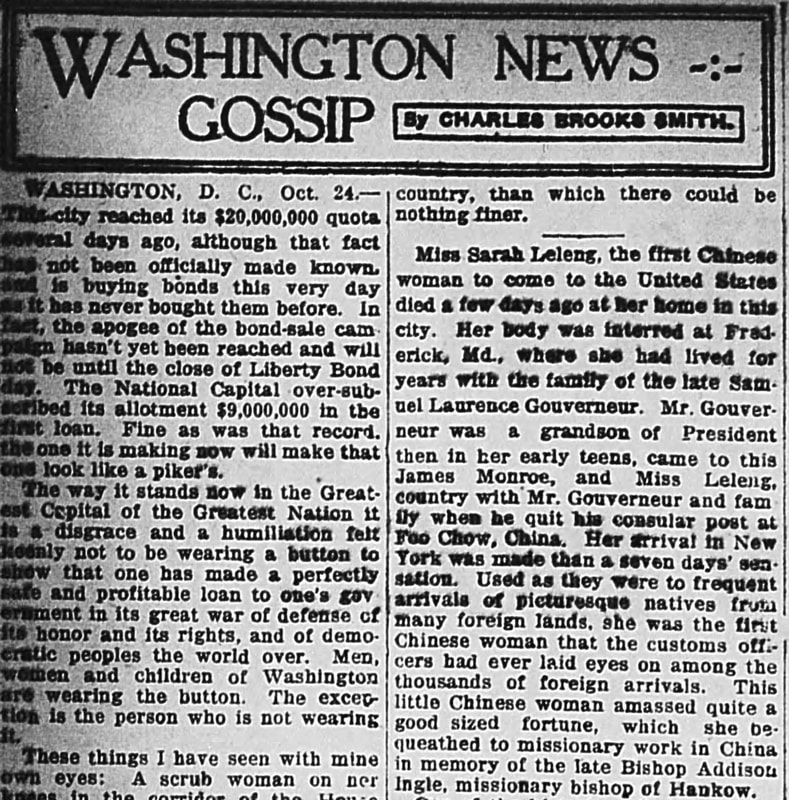
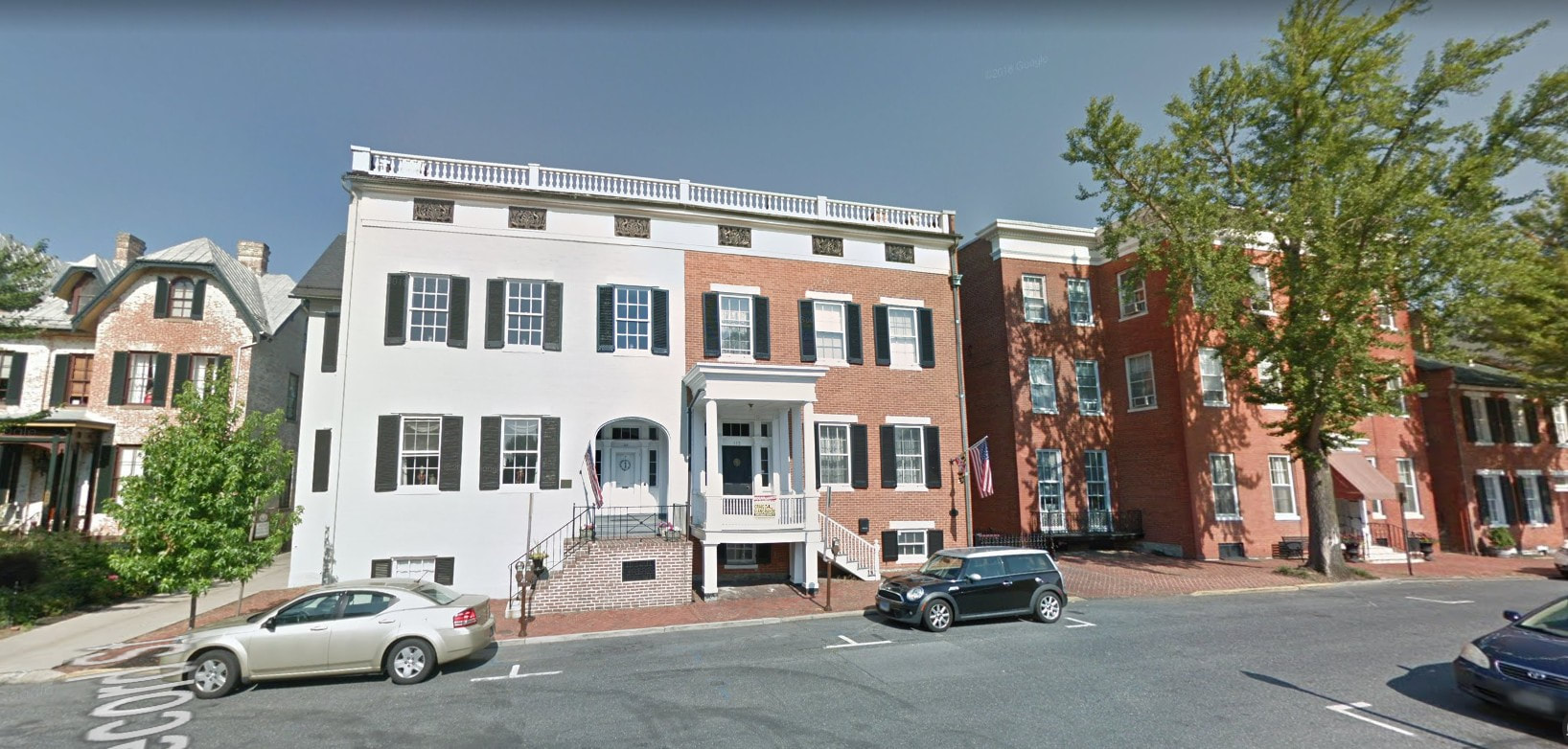
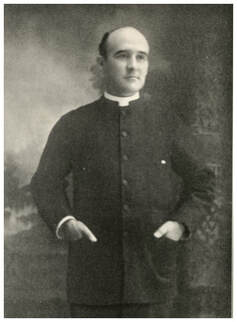

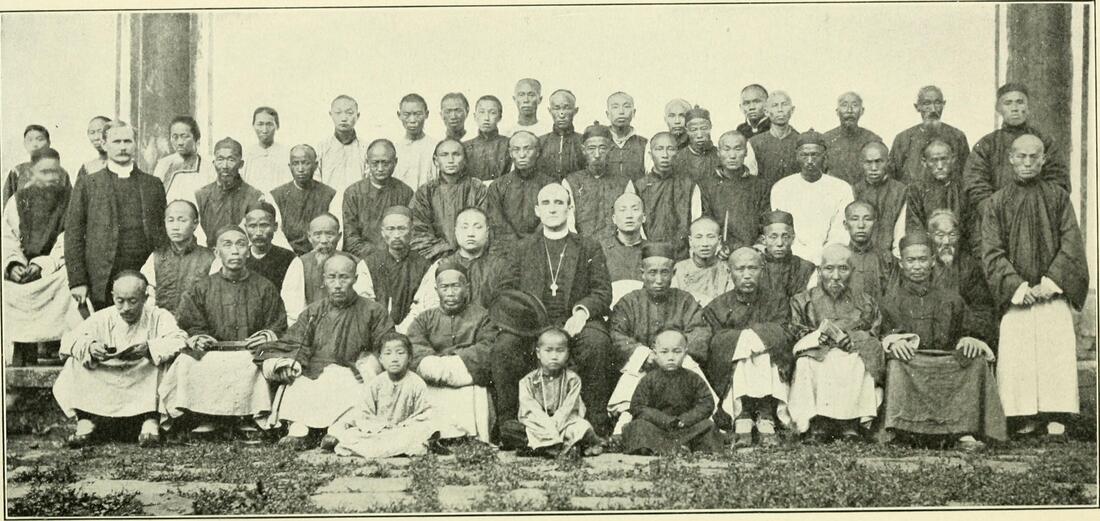
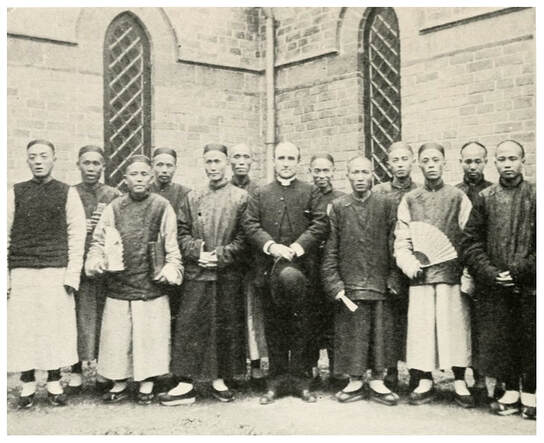
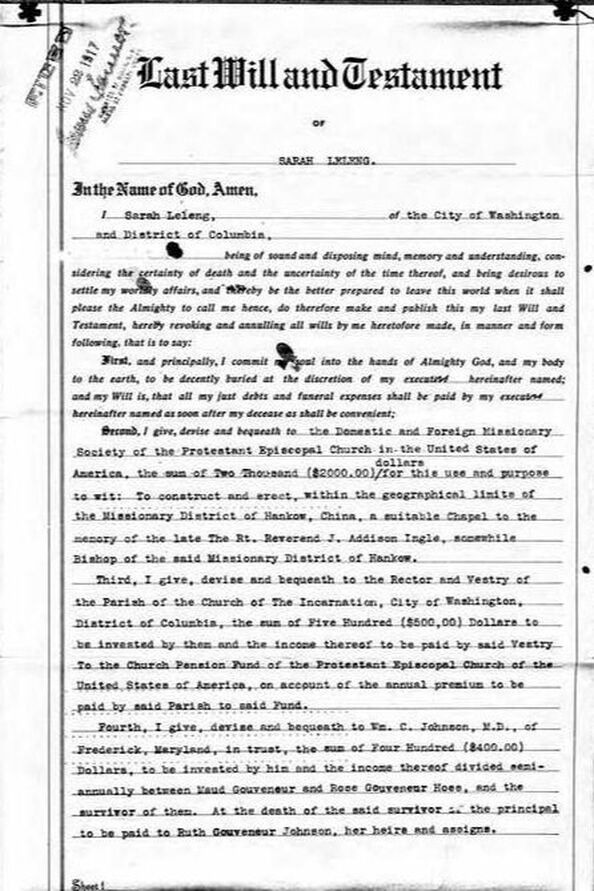
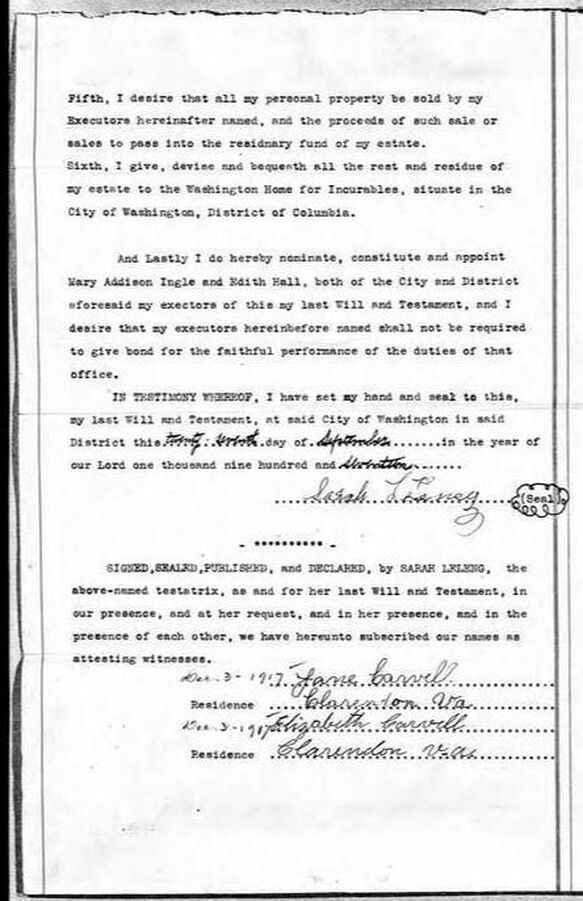

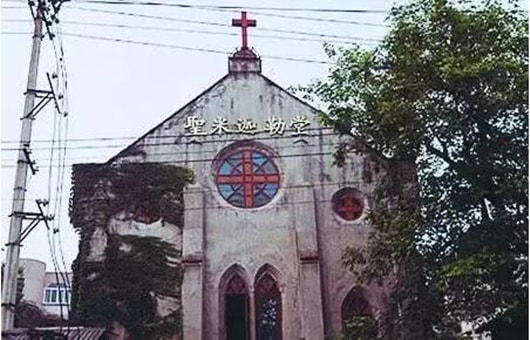
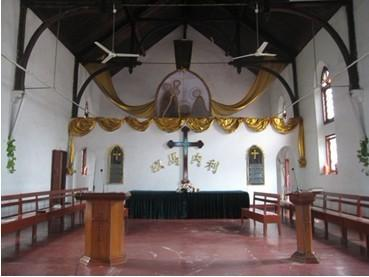
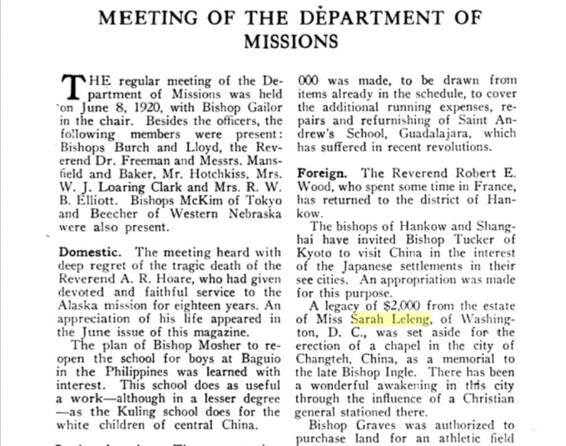
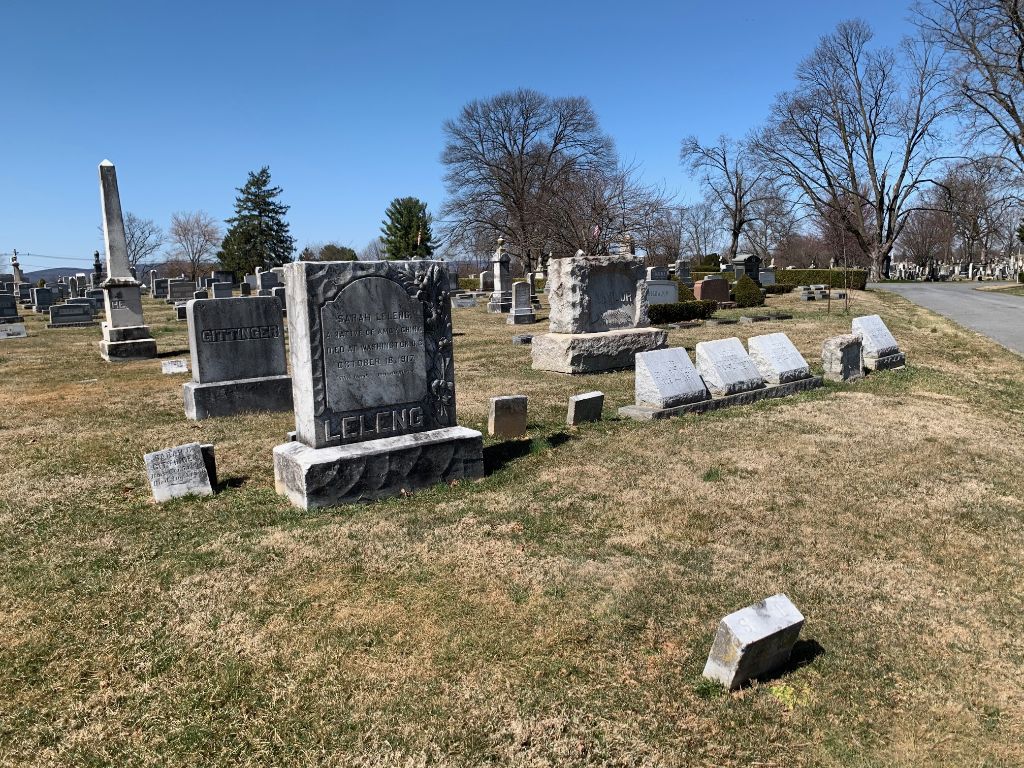

 RSS Feed
RSS Feed